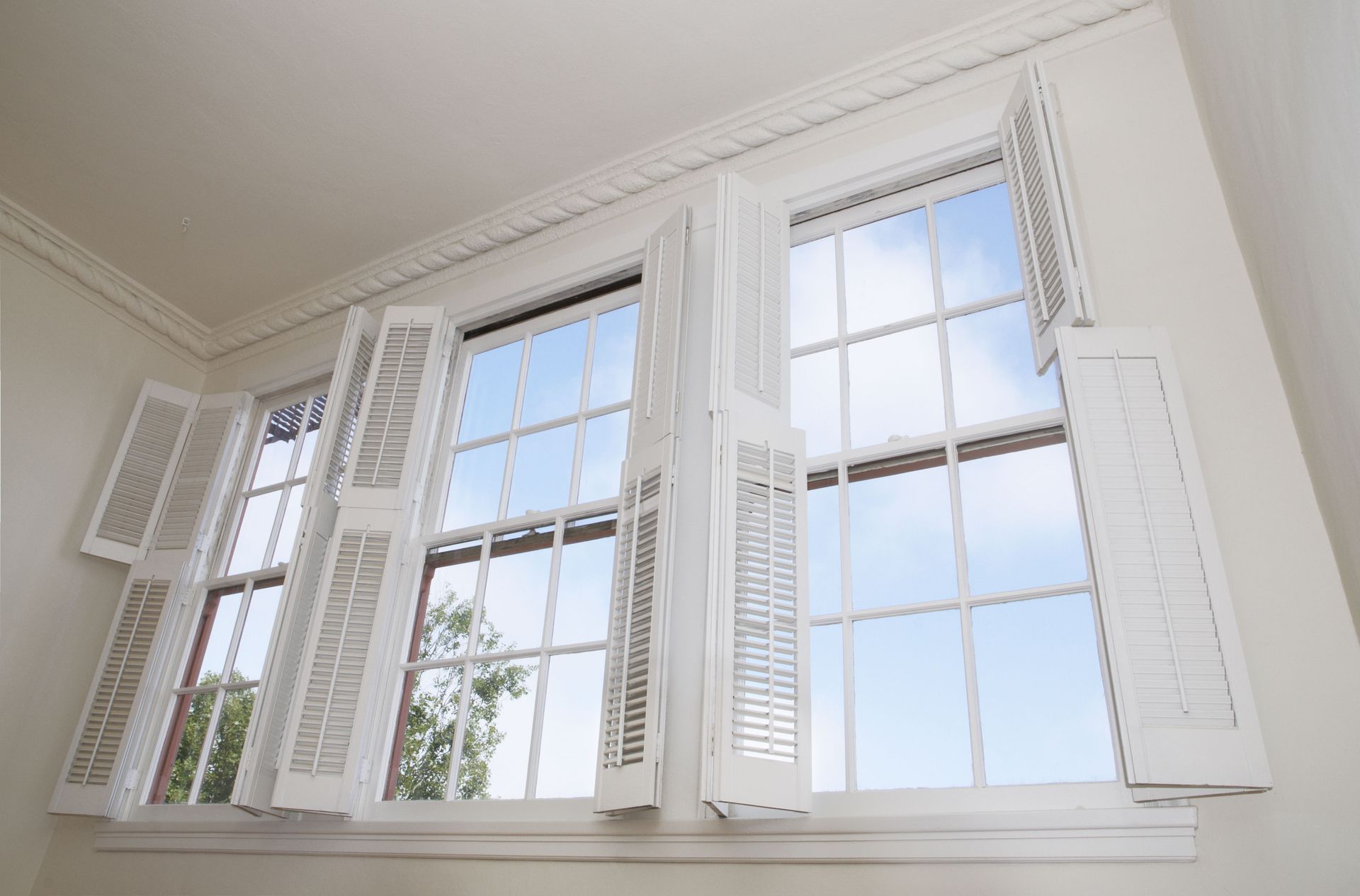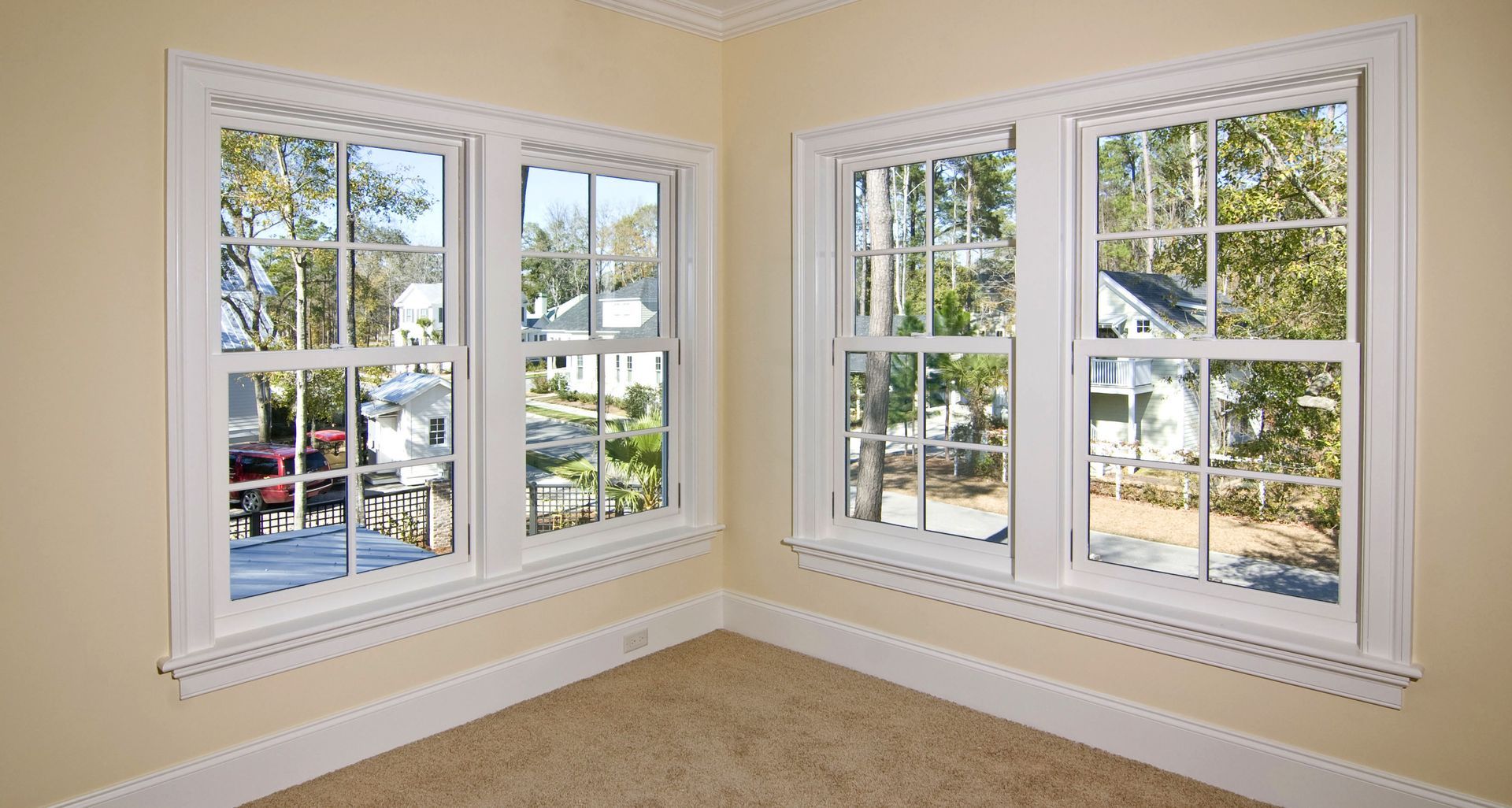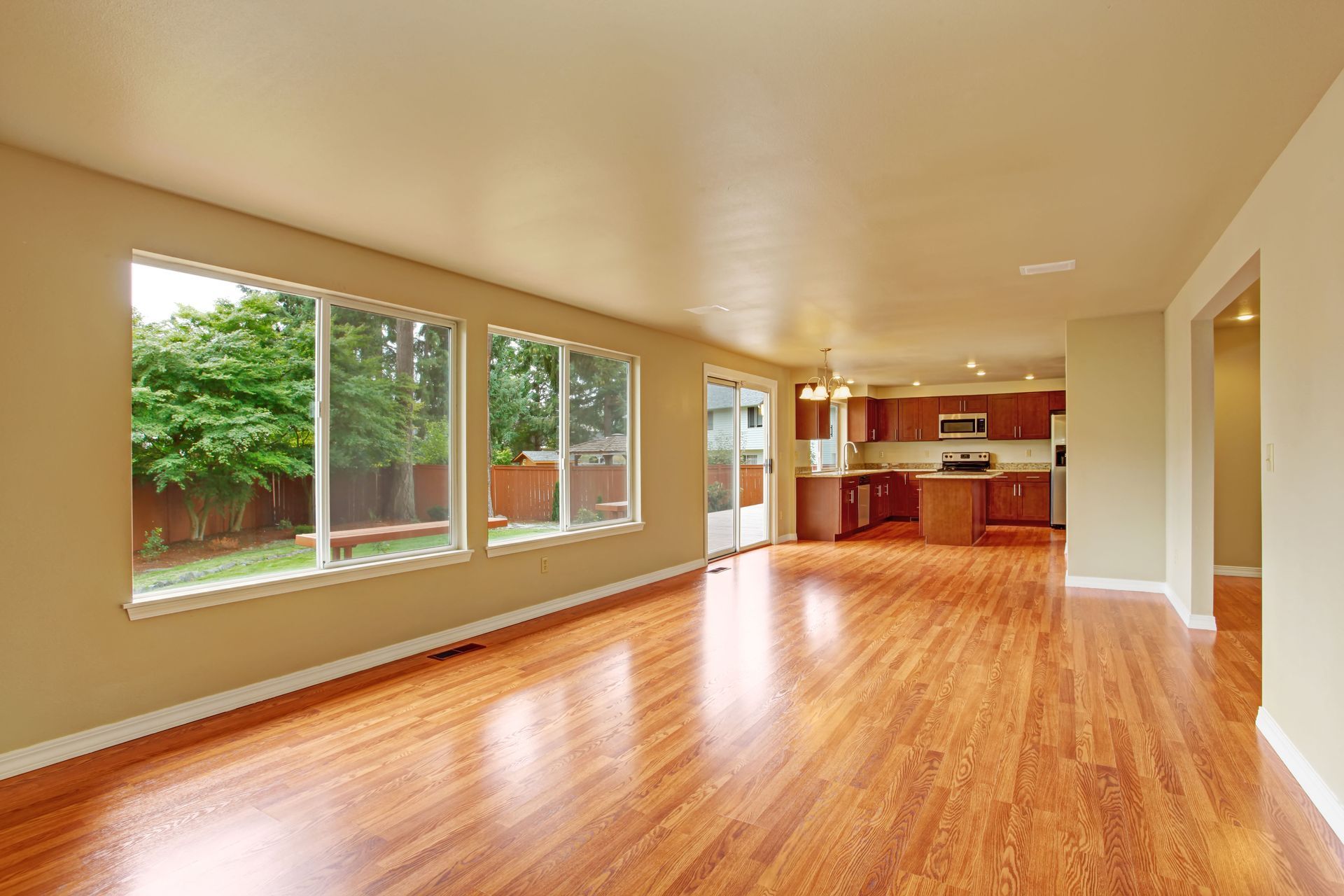Understanding How Windows Impact Residential Energy Efficiency
Windows play a very important part in your home's aesthetic appeal and also contribute towards better energy usage. That said, if you ask any window contractor where most energy gets wasted, they'll likely tell you that it's through your windows. This frustrating situation is a rather complex one and requires you to understand why you lose energy through your windows and what you can do to stop it. Keep reading to learn more.
Windows Trigger Excessive Energy Loss
Did you know that, according to the U.S. Department of Energy, window heat exchange causes 25-30% of all your residential and cooling energy use? Furthermore, windows are responsible for 8.6% of all energy use and take up about 43% of building end-use costs, according to the U.S. Department of Energy. That's a huge amount of energy wasted.
It's a problem that might seem impossible to escape for some people. After all, windows are important to a home's overall look and structure. You can't simply seal them up and live in a dark cave. Instead, it's important to find ways to minimize this loss as much as possible to stay safe. The best way is to install all-new windows that minimize your energy loss. This step is two-fold. It helps you get more efficient windows and seals up the trim around your windows.
Window Trim May Also Worsen Energy Loss
The trim around your window and its frame helps both stay in place. However, it's also responsible for a heavy amount of energy loss. In some situations, improperly sealed windows might be even more to blame for energy loss than inefficient window panes.
How is that possible? Well, some contractors may not seal up the edges of the windows properly and let heat and cool air out. Even worse, the windows might naturally shift just a little and cause more energy loss. Typically, this latter problem occurs as your windows age and your home degrades.
Window Energy Conservation Degrades With Time
Unfortunately, your window's energy loss is only going to get worse as your home ages. For example, the house might settle a little and cause more loss around the trim and through the panes. This change can greatly impact the value of your windows and require specialized help.
For instance, working with a window contractor can help you upgrade your old windows. They can also identify other areas where you may need help, such as improving the frame and walls around the window. In some cases, it might require a complete change to your home's look.
Window Contractors Can Resolve These Issues
The best way to fix energy loss from windows is to install high-efficiency windows in your home. These windows help minimize energy loss, improve your home's style, and offer even more benefits. For example, some come with tax breaks that you can use to pay for their installation and maintenance.
If you're not ready for all-new windows, seriously consider getting higher-quality trimming and sealing around the frame. This step can stop air from flowing so heavily through your cracks and reduce your costs. Just as importantly, it can get rid of drafts that make your home more uncomfortable. Lastly, you can consider keeping the frames and focusing on improving your window panes instead by replacing them with insulated glass panels or Low-E glass. This step helps to improve your efficiency without costing you a ton of money and is a great choice if you're a little strapped for money and aren't sure which step to take here.
It's important to make sure you budget these changes properly to ensure you get the best and most affordable results. Try to avoid spending excessive amounts on these changes to keep your finances stable. That said, you should still spend what you can afford to get the best results.
When you're not sure how to handle this process properly, you need to call a
window contractor who can support you. By working with a team of professionals, you can cut back on your heating and cooling costs and ensure things go smoothly for you. Call Window King of America, Inc today to learn more about how we can help you, and we'll do what we can to provide you with the strong windows that your home needs.






Share On: